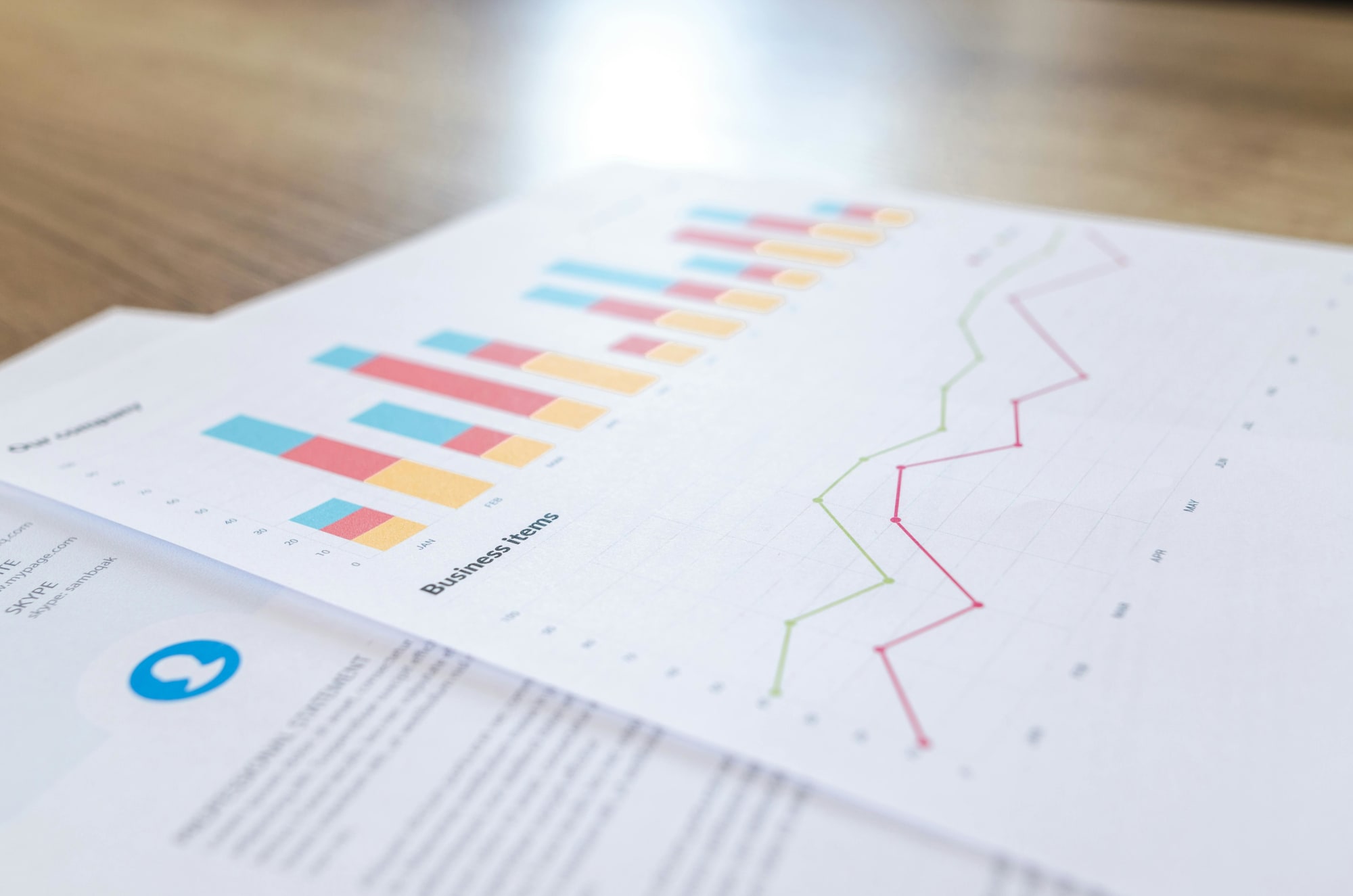Invest
What do ‘inevitable’ cyber threats mean for investors and consumers?
Saying a major cyber attack on Australia’s financial system will happen is easy, but calculating the costs is hard.
What do ‘inevitable’ cyber threats mean for investors and consumers?
Saying a major cyber attack on Australia’s financial system will happen is easy, but calculating the costs is hard.

With the Reserve Bank of Australia (RBA) admitting that future cyber attacks on Australia’s financial system are certain, it’s worth considering what the consequences of this possibility look like.
Earlier this week, the RBA conceded that given the very large number of attacks, “it seems almost inevitable that at some point the defences of a significant financial institution will be breached”.
However, associate professor at Edith Cowan University’s School of Science, Paul Haskell-Dowland, told nestegg that the costs of a major cyber attack on Australia’s financial institutions would vary based on the nature of the attack itself.
“We could be looking at a ransomware-style attack which could target back-end (server) infrastructure, or a cross-branch front-office impact,” Mr Haskell-Dowland said, noting that the former would be much more visible to consumers.

Recent major IT failures by banks and other financial institutions might provide a sneak peek into what this would look like for everyday consumers.
“There is no indication that [these] outages have been cyber-related, but the lack of access is likely to be the visible impact to consumers,” he noted.
While finances should be safe under the usual FCS arrangements, Mr Haskell-Dowland warned that this assumes there is clear evidence of losses not being incurred by the account holder.
Asked to put a number on the economic cost of cyber intrusions into Australia’s financial system, Mr Haskell-Dowland said that this impact is hard to quantify due to the sometimes contradictory data on the subject.
While the Australian Cyber Security Centre has indicated that just 4 per cent of cyber attacks targeted the financial sector, the RBA’s most recent Financial Stability Review noted an upward trend in the number of reported cyber incidents.
Mr Haskell-Dowland said that these seemingly contradictory trends might be evidence of broader improvements in the sector when it comes to detecting and preventing cyber attacks.
That said, he highlighted supply-chain attacks as a possible vector for future cyber threats, as it would allow attackers to launch directly into the banking system.
In a worst-case scenario where the RBA itself was hijacked by a cyber attack, Mr Haskell-Dowland warned that the consequences could be wide-ranging.
“The RBA has a large remit and responsibility for fiscal stability and will have a very large volume of sensitive materials which are both required and are not for public disclosure,” he said.
In the event of a ransomware attack, the RBA might struggle to provide services like cash transport to banks and the government could cause serious issues.
Mr Haskell-Dowland said that an inability to move physical cash around could cause problem with consumer access to cash, though he added that this impact would likely only be felt by subsets of the population.
Acknowledging recently introduced changes in mandatory breach reporting, Mr Haskell-Dowland warned that Australia’s cyber-security sector still faces challenges around jurisdictions.
“Most major incidents link back to global cyber-crime groups outside of AU,” he said.
About the author

About the author


Economy
Australia's June quarter GDP growth driven by consumer and government spending
Australia's economy has shown unexpected resilience in the June 2025 quarter, with household and government consumption driving growth despite a significant decline in public investmentRead more

Economy
Australia's GDP surprise is real but operators should heed the growth mix warning light
Australia’s June-quarter growth beat expectations on the strength of household consumption and government spending, even as public investment sagged. The upside surprise signals resilience, but the ...Read more

Economy
Households carried the quarter: what Australia’s upside GDP surprise means for strategy now
Australia’s economy expanded faster than expected in the June 2025 quarter, with GDP up 0.6 per cent quarter-on-quarter and 1.8 per cent year-on-year — the strongest pace in two years. The kicker ...Read more

Economy
Inflation dynamics in Australia: Electricity subsidies and labour market in focus
In a recent economic analysis, experts from State Street have highlighted significant developments in Australia's inflation landscape, attributing the changes primarily to the withdrawal of ...Read more

Economy
Australia's economic growth driven by consumer and government spending: A closer look at the June quarter
Australia's economy has delivered a surprising performance for the June 2025 quarter, surpassing expectations with a growth rate of 0.6% quarter-on-quarter and 1.8% year-on-year. This unexpected ...Read more

Economy
Australian and Korean leaders meet to unlock billions in new trade opportunities
In a significant effort to bolster economic ties and explore new avenues for investment, Australian and Korean leaders, alongside business executives and government officials, are gathering in Seoul ...Read more

Economy
Australia’s growth beat is real — but it’s the wrong kind for capacity
Australia’s economy outpaced forecasts in the June quarter as households opened wallets and government spending did the heavy lifting, even as public investment sagged. The signal for boardrooms: ...Read more

Economy
Australia’s growth is back—but it’s the wrong kind of strong
GDP surprised on the upside in the June quarter, powered by households and government outlays even as public investment slumped. The Reserve Bank stayed hawkish, signalling that sticky services ...Read more

Economy
Australia's June quarter GDP growth driven by consumer and government spending
Australia's economy has shown unexpected resilience in the June 2025 quarter, with household and government consumption driving growth despite a significant decline in public investmentRead more

Economy
Australia's GDP surprise is real but operators should heed the growth mix warning light
Australia’s June-quarter growth beat expectations on the strength of household consumption and government spending, even as public investment sagged. The upside surprise signals resilience, but the ...Read more

Economy
Households carried the quarter: what Australia’s upside GDP surprise means for strategy now
Australia’s economy expanded faster than expected in the June 2025 quarter, with GDP up 0.6 per cent quarter-on-quarter and 1.8 per cent year-on-year — the strongest pace in two years. The kicker ...Read more

Economy
Inflation dynamics in Australia: Electricity subsidies and labour market in focus
In a recent economic analysis, experts from State Street have highlighted significant developments in Australia's inflation landscape, attributing the changes primarily to the withdrawal of ...Read more

Economy
Australia's economic growth driven by consumer and government spending: A closer look at the June quarter
Australia's economy has delivered a surprising performance for the June 2025 quarter, surpassing expectations with a growth rate of 0.6% quarter-on-quarter and 1.8% year-on-year. This unexpected ...Read more

Economy
Australian and Korean leaders meet to unlock billions in new trade opportunities
In a significant effort to bolster economic ties and explore new avenues for investment, Australian and Korean leaders, alongside business executives and government officials, are gathering in Seoul ...Read more

Economy
Australia’s growth beat is real — but it’s the wrong kind for capacity
Australia’s economy outpaced forecasts in the June quarter as households opened wallets and government spending did the heavy lifting, even as public investment sagged. The signal for boardrooms: ...Read more

Economy
Australia’s growth is back—but it’s the wrong kind of strong
GDP surprised on the upside in the June quarter, powered by households and government outlays even as public investment slumped. The Reserve Bank stayed hawkish, signalling that sticky services ...Read more








